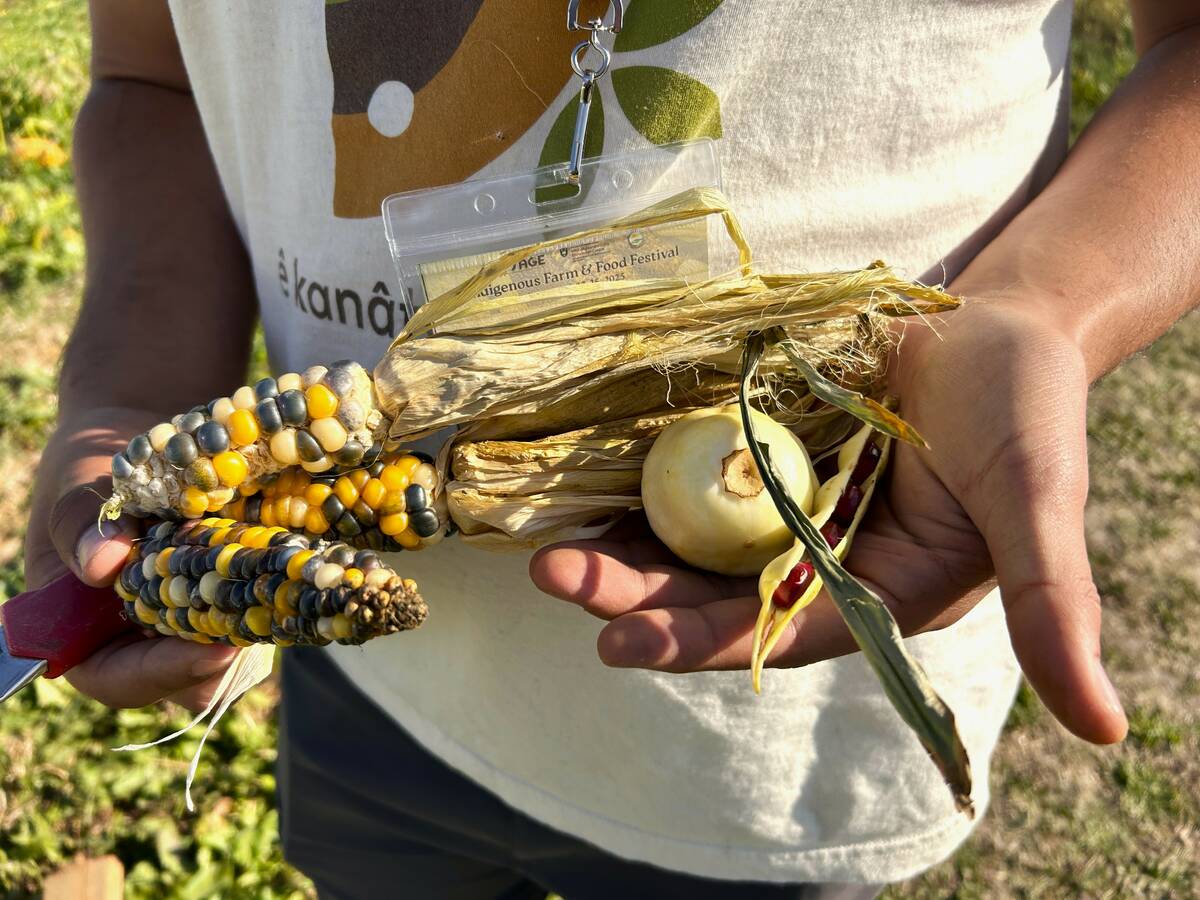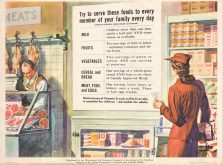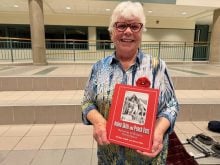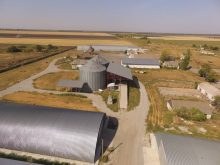“It’s good that you didn’t arrive an hour earlier – three rockets just flew in,” says Denys, an agricultural equipment sales manager who meets me in the city of Kropyvnytskyi in central Ukraine.
For the first time in five months, since the beginning of the war, I’m going on a field trip. Throughout the 10 years before the invasion, I went on business trips to see farmers once or twice a week. Now I feel I have lost the habit. It is very difficult for me to pack up from my calm town and drive 300 kilometres (km) closer to the war zone.
However, Kropyvnytskyi, where up to 200,000 people live, is also considered a rear city in the conflict, despite Russians firing rockets here almost every day. Fighter planes fly out to meet the missiles during an air raid, and one of them scares me by flying at low altitude unexpectedly overhead. I was already preparing to jump out of the car.
Read Also

Regenerative practices meet Indigenous knowledge on the Prairies
What do traditional Indigenous agricultural practices and regenerative agriculture have in common? Quite a lot it turns out.
Ukrainian farmers say that at least one-third of the crops may remain unsown as they struggle to stay afloat in wartime conditions.
In fact, it is relatively calm here, as it is on a farm I visit 100 km from the city, although the front line is a mere 90-minute drive to the south. People go about their daily business, drink coffee, go swimming in the lakes, and only air raid sirens and military checkpoints destroy the peaceful picture.
“In March, things were different. The invaders have already reached Bobrynets (50 km from Kropyvnytskyi). We have already begun to prepare for the assault, but our soldiers hit them well,” says Denys.

The farmer, Ihor, is a realist and believes in the armed forces of Ukraine. Today, people see them as our only reliable protector. It includes more than a million people who have left their jobs and their families.
“We gave part of our trucks to the army. We are transferring food and money,” Ihor says. “We have a lot of fellow countrymen (who) went to war. I believe that if a person is not in the army now, then he should do everything to help defend the country from the enemy.”
More from Ihor Pavliuk:
- Ukrainian farmers responsible for wider community during war
- One step away from world hunger
- Growers in Ukraine plant amid hostilities close by
- Unsupplied farmers, risky seeding and blocked shipping lanes
- Farming behind the lines: Hostages of globalization
The farm I came to was founded by Ihor’s father. With his brother, Volodymyr, he continues his father’s work and tries to introduce new technologies on the farm’s 4,900-plus acres.
This region is arid and every year farmers are at risk of losing their crops. This season, only four millimetres of moisture have fallen over a month and a half. But, most importantly, Ihor is forced to think about how to save money because it is virtually impossible to sell the harvest at a normal price.
“I still have warehouses filled with wheat, but it is impossible to sell it. They offer me a three times lower price ($60 to $70 per tonne) than last year. I will not sell it for that kind of money,” he says.
In recent months, titanic efforts have managed to organize rail and river grain exports from Ukraine. Last month, 2.4 million tonnes of grain were taken out this way. But in fact, this is very little. Together with the remnants of last year’s harvest, farmers will accumulate at least 60 to 70 million tonnes. They are then left with the option of either trying to export on their own — only large agricultural companies can afford this — or give it away to resellers in the domestic market for a pittance.
“If I fail to sell wheat, then I will not sow it next year. And corn too; it makes no sense. Maybe I will try to sow winter rapeseed, and most likely I will leave part of the land unsown,” Ihor says.
Unfortunately, more Ukrainian farmers are voicing similar plans. By the end of autumn, all elevators in Ukraine will be filled with wheat and corn. If the rapeseed crop can be quickly sold to the European Union and oil can be made from sunflower, then large-scale logistics are also needed for the tens of millions of tonnes of wheat and corn — huge port elevators and grain-carrying ships.
This infrastructure is now blocked, and I do not believe in any agreements with Russia to allegedly unblock grain exports from Ukraine. I believe that up to 30 per cent of the land in Ukraine will remain unsown. It makes no sense for farmers to spend their last money on sowing wheat and corn (when) all their warehouses are already full.

Ihor shows me a video of corn and sunflower sowing and then offers to take me for look at the crops in the field. Due to the rise in input costs, Ihor and Volodymyr began to experiment. This year they sowed seeds without tillage, right into the straw.
“Thanks to this, we save 40 litres of diesel fuel per one hectare. That is almost $70. We have also applied only 70 kilograms of fertilizer per hectare this year and, thank God, I see that the crops look good this year,” the farmer says.
This is how Ukrainian farmers survive now. They are used to improving technology every year and getting high yields. But now the most important thing is to keep the business going and feed the people.
“I think we will sow more buckwheat and peas. I am very sorry that a few years ago we liquidated our own grain processing. We even had our own bakery. Now all this is very difficult to restore,” Ihor says.
There are tens of thousands of such farmers in Ukraine. Over my years of business trips, I have talked to probably thousands of them. Most of them, as they say in Ukraine, have their feet firmly on the ground. For them, a war is another challenge and they will deal with it just as they dealt with all the previous problems.
I leave Kropyvnytskyi on a passing car. I am being driven by a young husband and wife, as well as a cat. They are 25 years old, and at 41, I feel almost like an old man in a conversation with them. They were lucky enough to leave the city, which was shelled every day, and now they have found a new home in the extreme west of Ukraine, near the border. They make their livelihood through their own online store.
But their parents remained at home, so every month, they drive almost 1,000 km to visit them. They don’t know where they will live next, but they very much want to someday return permanently.
Millions of young Ukrainians have already crossed the border, and I really want to believe that at least half of them will return. After all, this is our future. Someone has to sow the bread.















